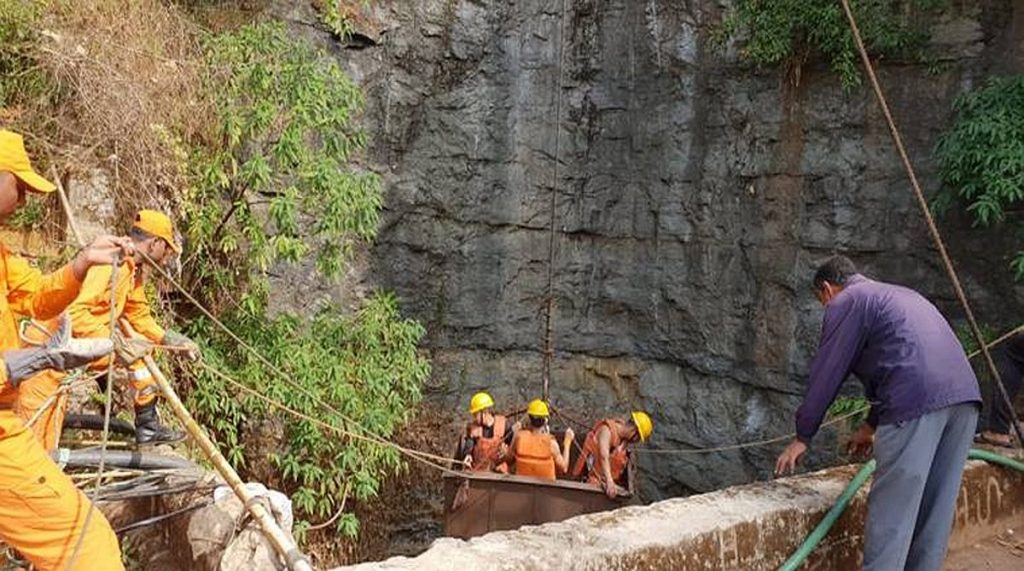Albeit to a lesser degree, the coal mine disaster in Ksan village of Meghalaya is reminiscent of a not dissimilar tragedy in Dhanbad’s Chasnala colliery in December 1975. Three weeks after no fewer than 15 miners were reportedly trapped beneath the mounds of “black diamond” and water, the rescue teams, belatedly inducted from the Navy and Odisha, have thus far drawn a blank.
The operation needs to be far more intensive than has been in evidence thus far. Situated in a remote part of the north-east, the coal mine accident has regrettably not attracted the country’s attention as a similar mishap in the urban belt might have evoked. It is the jollity of the season that has grabbed the headlines.
It brings cold comfort to the affected families to be informed that the Navy divers have merely come across a wooden structure, coal (quite obviously), and a rat-hole, but no people inside the 370-feet-deep and flooded colliery. Which doesn’t make the disaster any the less hideous. It is more than palpable that the accumulated water is yet to be pumped out.
Such fears are not unfounded considering the Navy’s assertion that “if the level of the water could be drained out further, the search of the trapped miners will be feasible”. Yet feasibility and a sense of urgency rank rather low in the order of priorities. It is shocking that the search began in right earnest as late as 30 December, i.e. 18 days after the miners were reported missing; no less inexplicable is that the use of the Underwater Remotely Operated Vehicle came later still.
There can be no alibi for the sluggish approach towards rescue, and it is almost as if human life is at a discount. The search for coal has driven the miners quicker to a disaster than a haul of coal for heat and energy. The UROV has drawn a blank. As it turned out, the two 25 horse-power suction pumps, at the disposal of the National Disaster Response Force team, were woefully inadequate for the task at hand.
Arguably, the present team of rescuers are a generation younger than those involved in the Chasnala operation. The lack of professionalism is almost appalling, and it must be painful to reflect that thus far it has been a ham-handed operation. The first lapse was the inexcusable time-gap between the day of the mishap and the start of the rescue operation.
This is the fundamental query that needs to be asked and answered in course of the investigation that will almost certainly be commissioned. The other issue that has hobbled the task has been the conscious failure to pump out the water whose accumulation, it would be pertinent to recall, had hastened the end in Chasnala. Yet another is the reported failure of the mechanised equipment. From Dhanbad to Meghalaya, a lesson ought to have been drawn over the past 43 years.











